Wildfire defensible space landscaping.
Prepare your yard
for wildfire.
Why is wildfire defensible space important?
Wildfire defensible space landscaping is a critical aspect of preparing your yard for wildfire. Essentially, this means creating an area around your home that is free from highly combustible vegetation and materials. Don’t worry, this doesn’t mean you have to destroy your home’s beautiful landscape. It just means you need to practice mindful landscaping and hardscaping to prepare your yard for wildfires.
The free Frontline app provides defensible space checklists and helps you keep track of which items you have completed. Download the app today to get started.
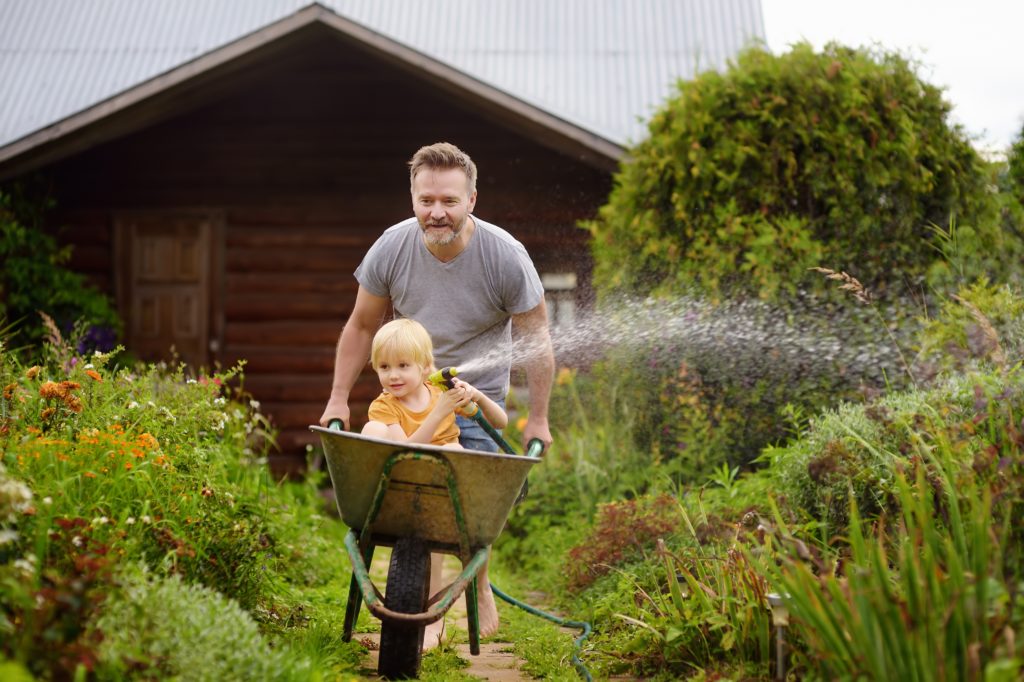
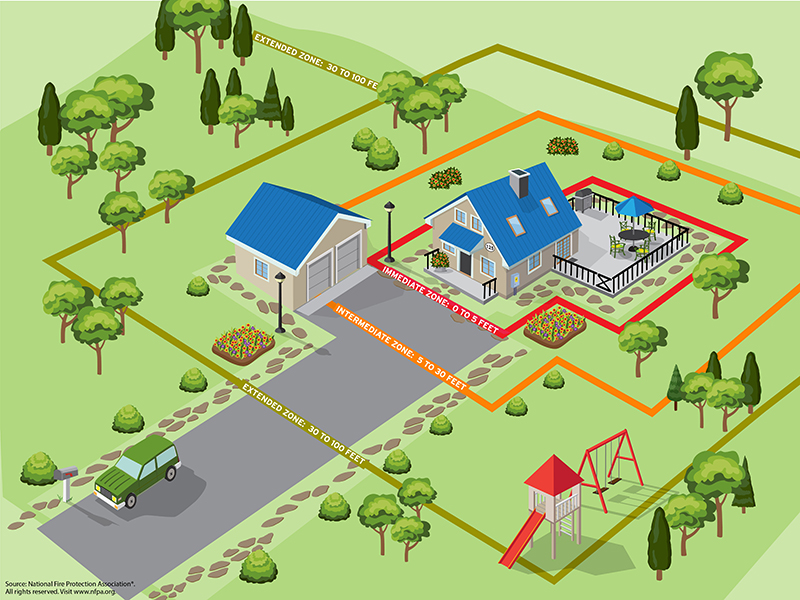
Prepare ignition zone one (HIZ1).
Ignition zone one is defined as the area between five and thirty feet from the exterior walls of your home. Plants, decking, fencing, and patio furniture are all examples of items that can turn into fuel for ember ignition during a wildfire. The goal is to thoughtfully manage this zone with defensible space landscaping so that fires won’t ignite in your yard and increase the risk to your home.
Passive vs. active defensible space.
Historically, creating defensible space in your yard has meant taking actions to remove or reduce the presence of flammable material that is within thirty feet of your home by using fire-resistant landscaping materials or simply removing landscaping and patio furniture that might burn. This can be thought of as creating passive defensible space. A Frontline exterior sprinkler system begins to re-imagine defensible space by providing active fire protection for your yard. With Frontline, you can have firefighter level protection for your yard and landscaping, without having to put firefighters in harm’s way.
Contact us today to take your defensible space landscaping to the next level.
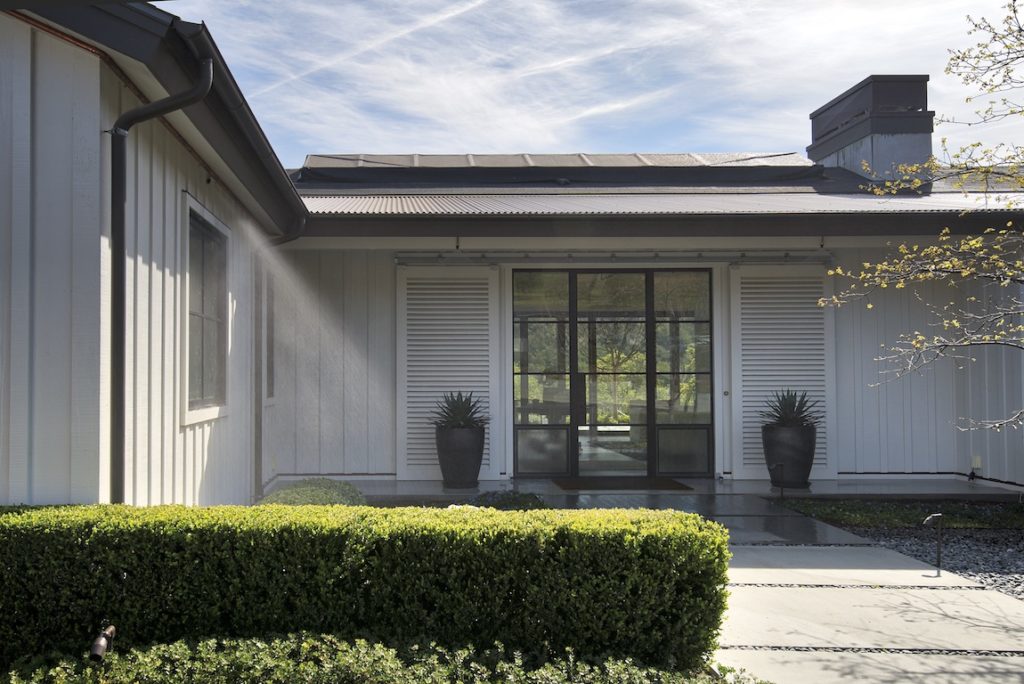
Three steps to creating defensible space landscaping.
The term “firescaping” is sometimes used to refer to landscape design that thoughtfully combines vegetation management, smart hardscaping choices, and consideration for how to account for patio furniture during a wildfire. When done well, you are able to create a beautiful outdoor living environment that can also help protect you during a wildfire.
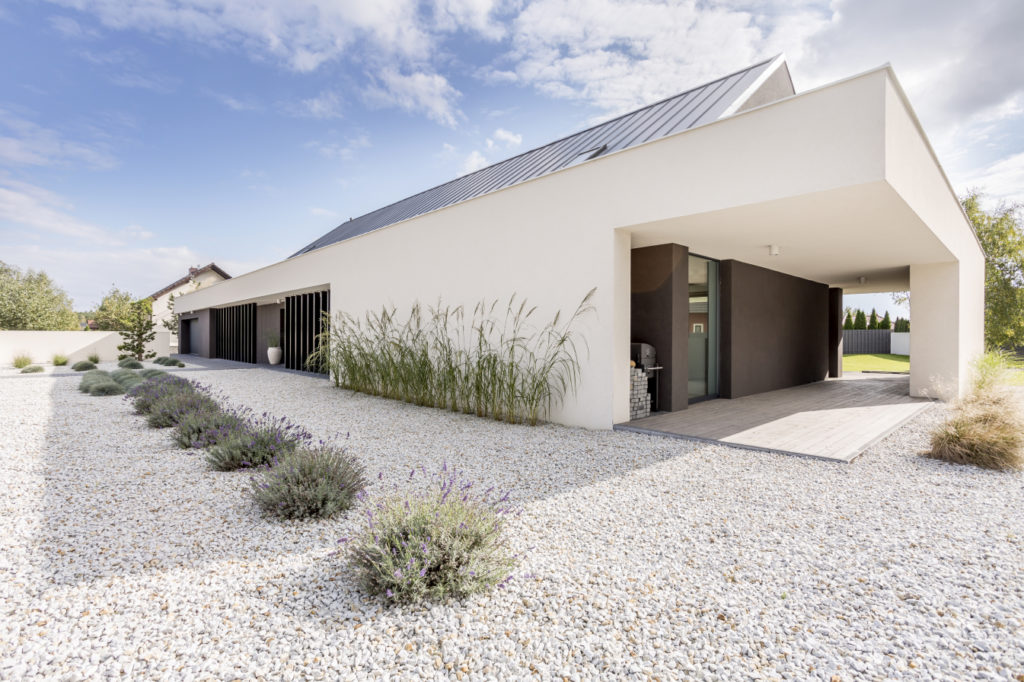
Fire-resistant landscaping.
Vegetation management is an important step in landscaping for fire prevention. If possible, remove all shrubs and trees from zone 1 except for a select few that you can’t live without. Thin trees to a spacing of 10 feet between tree crowns and make sure that plants in this zone are fire-resistant (i.e., mostly leafy species). Keep them well-watered to maintain adequate moisture content.
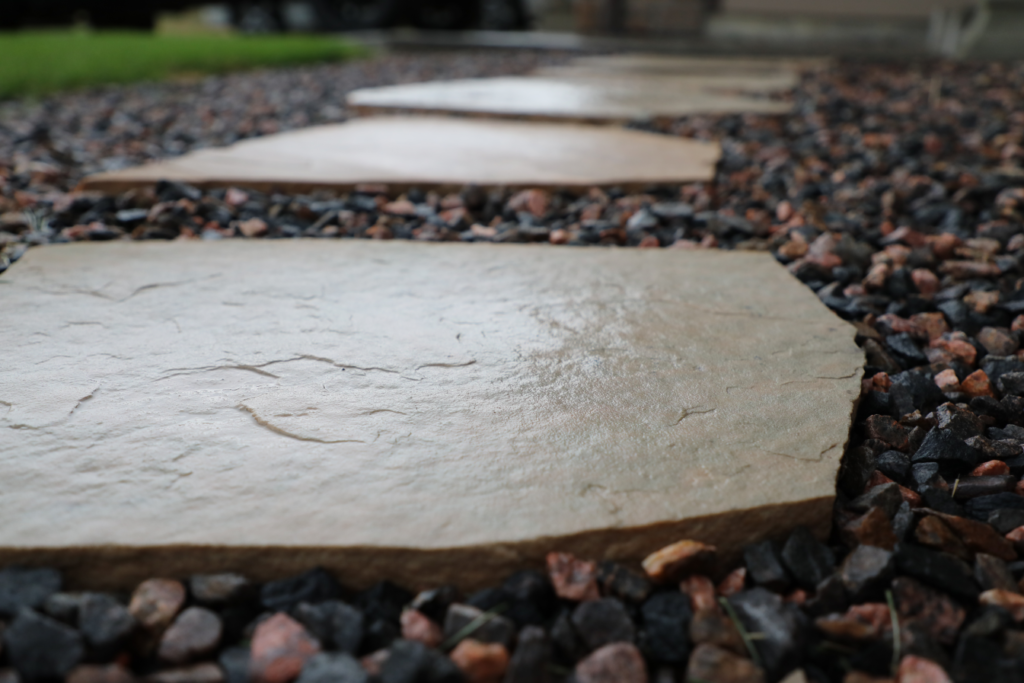
Fire-resistant hardscaping.
Hardscaping, such as masonry gravel, stone walls, or stone patios can be effective tools to help fireproof your yard land. Decorative rock, gravel and stepping stone pathways, cement driveways and walkways, and retaining walls are all great options for for creating defensible space.
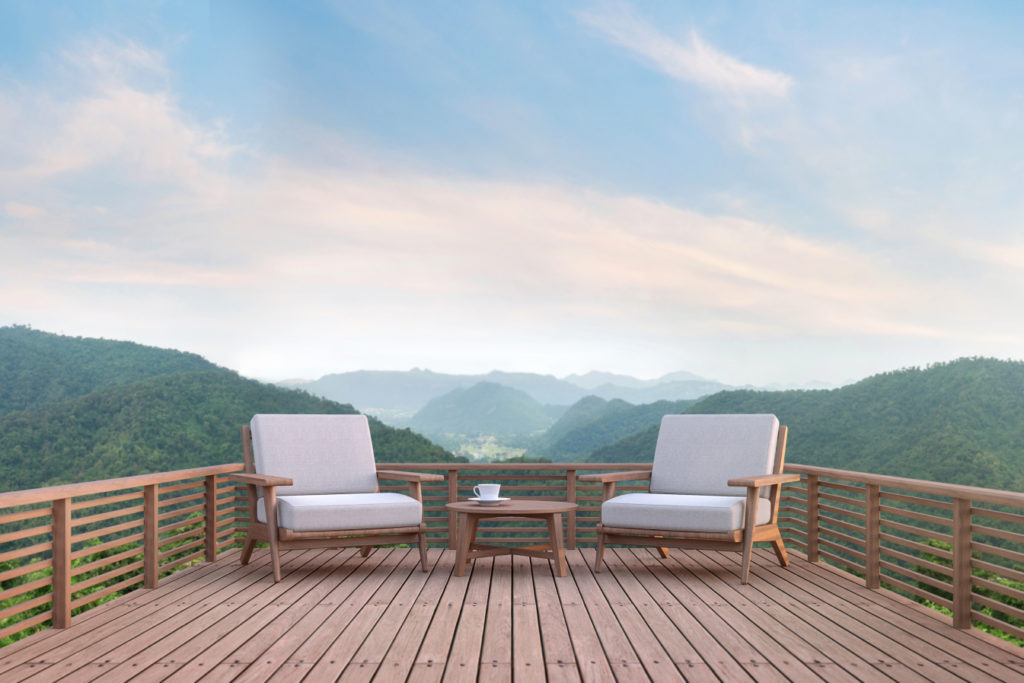
Fire-resistant outdoor furniture.
Outdoor furniture and decorations are at risk of ignition from embers during a wildfire and can act as kindling near your home. If possible, choose outdoor accessories made from non-combustible materials. While this isn’t always practical, be prepared to move items made of wood, plastic, or natural fibers (including pillows, umbrellas, even hot tub covers) inside or at least 30 feet from your home during a wildfire event.
Protect your landscaping from wildfire FAQ.
There is no way to ensure a yard is 100% fireproof. However, with the right steps you can greatly increase the fire resistance of your landscaping. Start by trying to eliminate all combustible materials, such as fire-prone vegetation, firewood stacks, combustible patio furniture, umbrellas, and lumber decking. Desirable substitutions include irrigated grass, rock gardens, stone patios, metal patio furniture, and noncombustible decking. Also, remove all shrubs and trees except for a few individuals. Thin the trees to a spacing of at least 10 feet between tree crowns. Make sure that plants in your yard are of a fire-resistant variety (i.e., mostly leafy species). Keep them well-watered to maintain adequate moisture content. Be sure to prune away any branches within 10 feet of your home, and 15 feet away from any chimney outlets.
There are two zones around your home to prioritize when creating wildfire defensible space. The first is home ignition zone 0 (HIZ0) which includes the space between zero and five feet from your home. The second is home ignition zone 1 (HIZ1) which includes the space between five and thirty feet from your home. These two zones should be prioritized when coming up with a plan to fireproof your land.

The Frontline Wildfire Defense System.
Our exterior wildfire sprinkler system is a great addition to a complete wildfire defensible space plan. Contact us today to learn more and see if our system might be right for your home.

